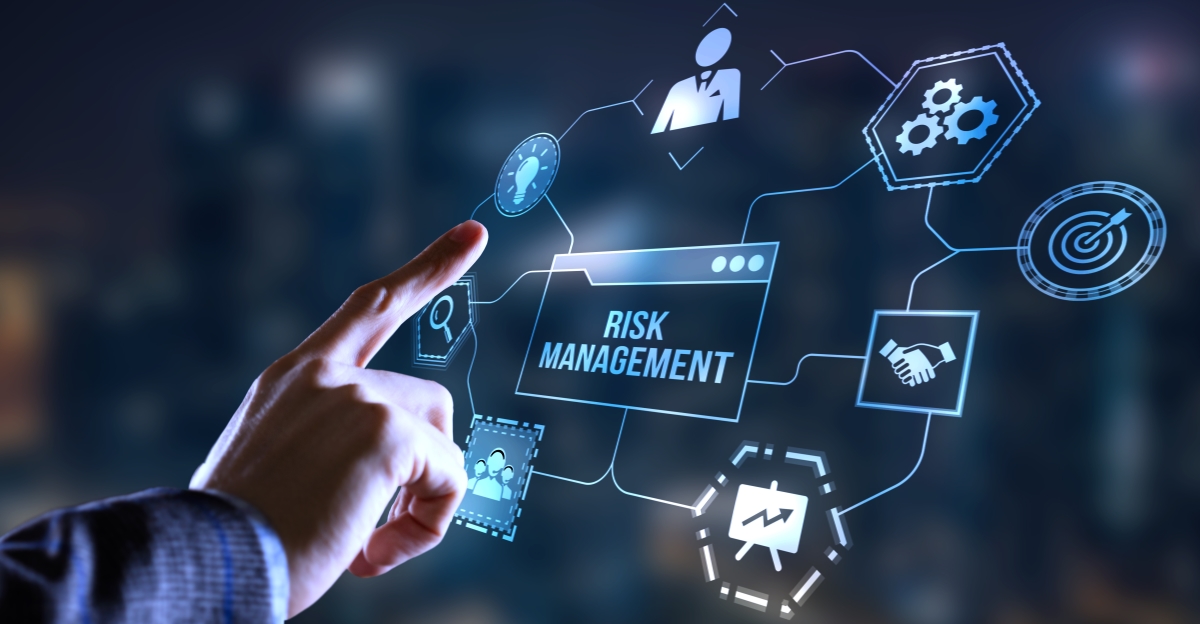The Importance and Importance of Risk Management in Ensuring Organizational Continuity
The Importance and Importance of Risk Management in Ensuring Organizational Continuity
Blog Article
Discovering the Value of Risk Management for Effective Decision-Making Methods
In the elaborate world of service, Risk Management emerges as an essential consider the decision-making process. The ability to identify prospective hazards and possibilities, and strategize appropriately, can mean the difference between success and failing. With tools such as SWOT and PESTEL, organizations are equipped to make enlightened selections, fostering strength and versatility in an ever-changing atmosphere. Wondering exactly how this functions? Let's unload the characteristics additionally.
Comprehending the Concept of Risk Management
Risk Management, a vital component in decision-making, is typically misinterpreted or oversimplified. Risk Management entails self-displined and organized strategies, making use of data and insightful evaluations. From economic uncertainties, lawful liabilities, tactical Management mistakes, to mishaps and all-natural catastrophes, it deals with numerous threats - importance of risk management.
The Role of Risk Management in Decision-Making Processes
In the world of strategic preparation and service procedures, Risk Management plays an important role in decision-making processes. Risk Management hence becomes an important device in decision-making, helping leaders to make educated options based on a detailed understanding of the threats entailed. Risk Management serves as an essential part in the decision-making processes of any type of organization.

Exactly How Risk Management Improves Strategic Preparation
In the context of critical preparation, Risk Management plays a critical duty. Starting with the recognition of potential dangers, it better expands to the application of Risk reduction procedures. The duty of Risk Management is dynamic but not static, as it requires constant surveillance and adjusting of methods.
Recognizing Possible Risks

Executing Risk Reduction
Risk reduction methods can vary from Risk avoidance, Risk transfer, to risk reduction. Each technique needs to be tailored to the specific Risk, considering its possible influence and the company's Risk resistance. Effective Risk reduction needs a deep understanding of the Risk landscape and the potential impact of each Risk.
Monitoring and Adjusting Strategies
Though Risk reduction is a vital action in critical planning, constant monitoring and modification of these methods is just as crucial. This ongoing procedure permits organizations to determine brand-new dangers and reassess existing ones, making sure the executed approaches continue to be reliable in the ever-changing service atmosphere. It additionally provides an opportunity to evaluate the success of the Risk Management measures, enabling changes to be made where required, additional boosting critical planning. Reliable tracking and modification require making use of analytics and key efficiency indicators (KPIs) to measure performance. These tools provide important data-driven insights that can notify strategic decision-making. As a result, surveillance and readjusting Risk Management methods is an important part for enhancing an organization's durability and tactical planning.
Case Researches: Successful Risk Management and Decision-Making
In the globe of business and money, successful Risk Management and decision-making commonly offer as the columns of thriving business. These situations highlight the value of sharp Risk Management in decision-making processes. These cases emphasize the crucial role of Risk Management in strategic decision-making.
Tools and Techniques for Reliable Risk Management
These tools, such as Risk signs up and warm maps, aid in determining and examining potential dangers. Risk reaction strategies, an essential component of Risk Management, involve approving, staying clear of, transferring, or mitigating dangers. With these tools and strategies, decision-makers can browse top article the complicated landscape of Risk Management, thereby helping with educated and efficient decision-making.
Future Trends in Risk Management and Decision-Making Strategies
As we explore the substantial landscape of Risk Management, it ends up being obvious that the devices and methods utilized today will certainly proceed to evolve. The concept of Risk culture, where every participant of an organization is mindful and included in Risk Management, will certainly gain more prominence. These patterns advertise a resource more positive and inclusive strategy towards Risk Management and decision-making.
Verdict

Risk Management hence comes to be an important device in decision-making, assisting leaders to make informed selections based on a comprehensive understanding of the threats involved. Risk mitigation strategies can vary from Risk avoidance, Risk transfer, to risk decrease (importance of risk management). Effective Risk reduction calls for a deep understanding of the Risk landscape and the prospective impact of each Risk. Risk response strategies, a crucial part of Risk Management, involve accepting, preventing, moving, or mitigating threats. The principle of Risk culture, where every member of a company is aware and involved in Risk Management, will get much more prominence
Report this page